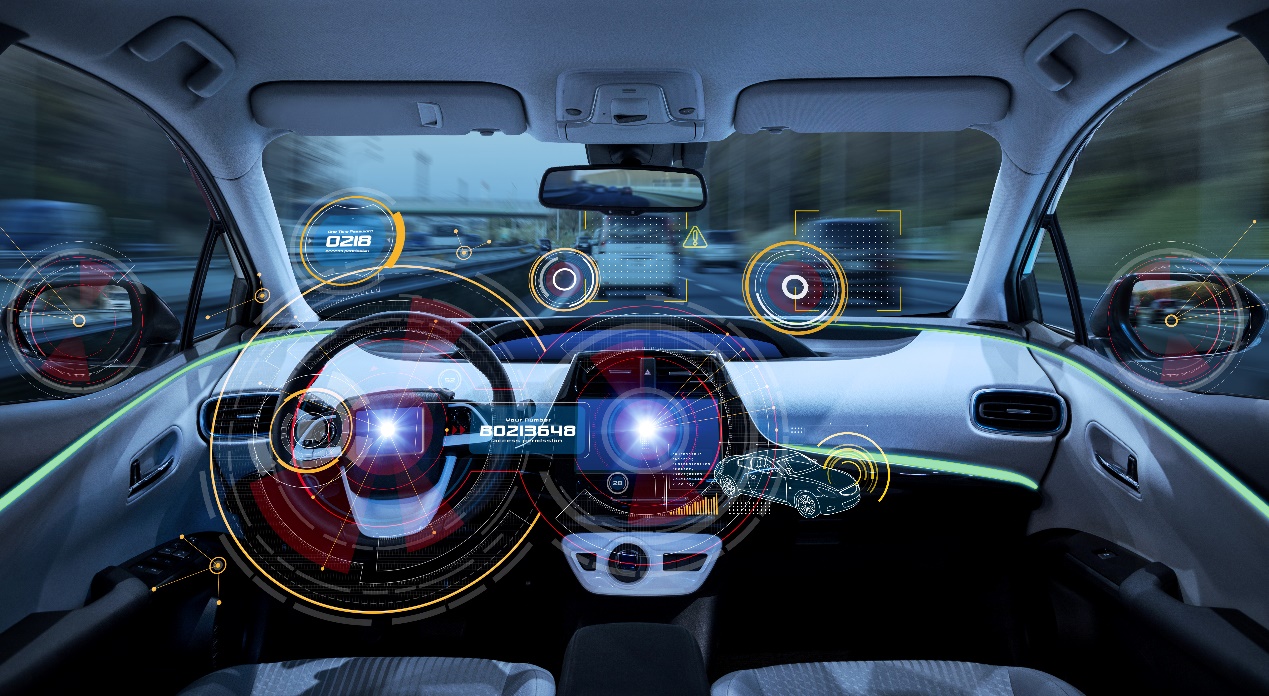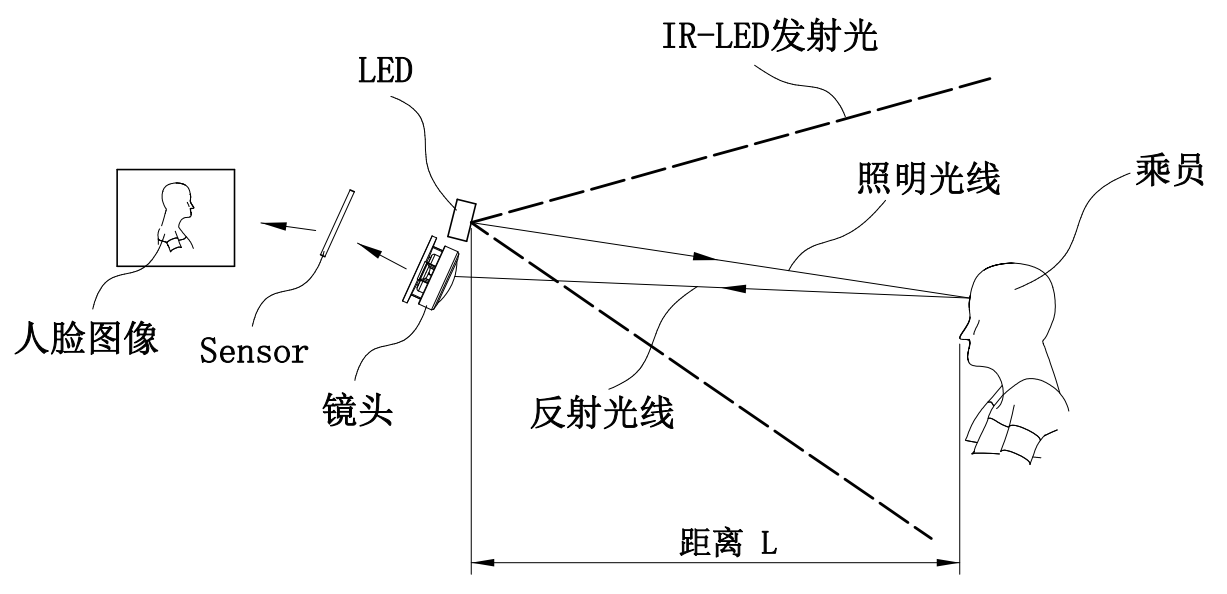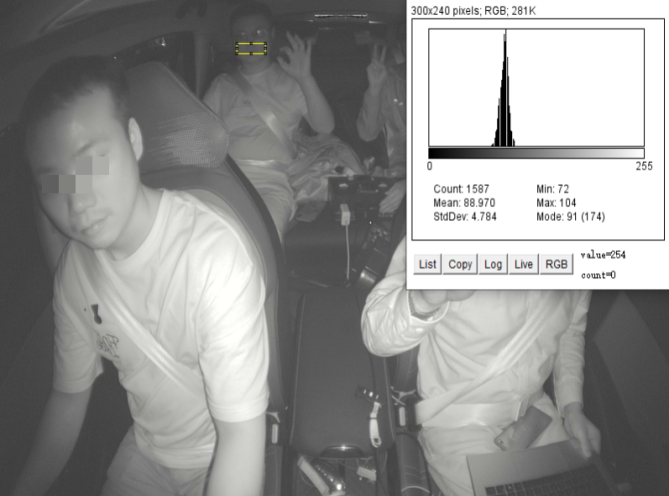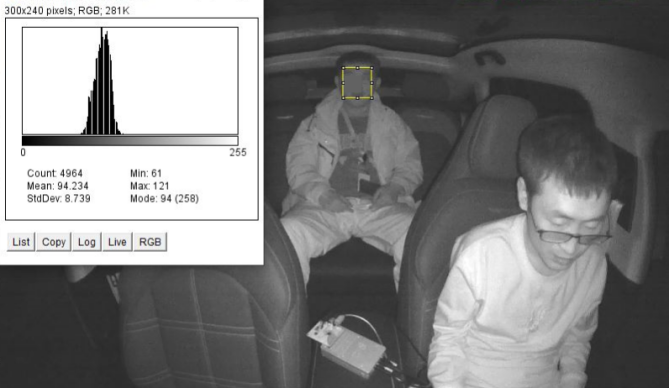
- All
- Product Management
- News information
- Introduction
- Enterprise outlets
- FAQ
- Enterprise Video
- Enterprise Atlas
FULSCIENCE'S Cutting-Edge Technology | Innovative New Height, A New Development Method Of Cabin Camera
Release time:
2024-12-05
FULSCIENCE'S Cutting-Edge Technology | Innovative New Height, A New Development Method Of Cabin Camera
In the context of the increasing demand for driving safety, DMS/OMS, as an active safety system that can monitor the driver's status and remind the driver to take appropriate measures, is gradually becoming the standard in the automotive industry, and the DMS/OMS market has entered the fast lane of development.
As a leader in the field of intelligent vehicles in northern China, Fulscience divides its intelligent vehicle business into three segments: intelligent driving, body area and cockpit area, and deeply distributes intelligent driving, body electronics and intelligent cockpit fields, based on Display, CSC, IVI, Camera and other products. To form the system level product customization capabilities such as cycle viewing system, automatic parking system, driving domain controller with row and berth, and body domain controller with Ethernet gateway.

In terms of intelligent cockpit, the company has in-depth layout of in-cabin and out-of-cabin optical sensors, instrument central control and head-up display (HUD) products. Cabin cameras are divided into two mainstream products: Driver Monitoring System (DMS) and Occupant Monitoring System (OMS). It can provide active services for application scenarios such as face recognition and fatigue monitoring, and provide customers with one-stop vision solutions for all scenes in the cockpit. The company's DMS+OMS integrated solution integrates multiple camera functions of the driver monitoring system (DMS) and passenger monitoring system (OMS) into a single camera, saving development cycles and costs while achieving full coverage of real-time monitoring in the cockpit.
DMS/OMS has a key impact on the intelligent cockpit, and the research and development team of Fulscience has carried out a deep exploration on the real-time monitoring technology of DMS/OMS. As we all know, the success rate of monitoring algorithms depends on the contrast of each unnecessary object in the image, the lower the contrast, the greater the error rate of the algorithm to recognize the object, the same is true for the recognition of faces, expressions, gestures, objects and life features. Therefore, how to get a high contrast image becomes particularly important.
At present, the mainstream cabin surveillance cameras are equipped with IR-LED on the camera to fill in the light of the driver and the crew, and the IR-LED is integrated with the camera. IR-LED and camera integrated in one, IR-LED emitted near infrared light irradiated to the human body or object, the surface of the human body or object formed diffuse reflection light, the body or object thus brightened, the camera lens to light the face, forming a brighter face image.
So, how to improve the contrast of DMS/OMS images in the dark state? The root cause depends on the intensity of IR-LED fill light. This is the most critical factor to determine in the early stages of product development. So how do you determine this factor? Below we introduce the calculation method of IR-LED corresponding to the brightness of face or object in the early stage of DMS/OMS product design:

Using the above method, make the IR-LED radiation flux ∅ L corresponding to the brightness value DN of a face or object, and add the performance parameters of the selected Lens and Sensor into the formula to determine the specific relationship between IR-LED and DN, thus linking the supplementary brightness with image quality. What DN value can improve the recognition rate of the image algorithm. It becomes easy and based on how much power IR-LED is used to fill the light.

With the unremitting efforts of Fulscience R & D team and the persistent pursuit of technology, the in-depth technical methods for the design of DMS/OMS products are proposed. Combined with the characteristics of radiometry and near-infrared Sensor, the model of filling light and imaging of the camera in the vehicle cabin was established and analyzed, and parameters of each link in the process of filling light and imaging were extracted. Finally, the method of matching the power of the active filling light source with the brightness of the image face was established. The real cabin environment is established, the design results are verified by experiments, and the brightness of the face in the real image is compared with the calculated value of the design. The comparison data show that the design calculation is very close to the measured value, and the design error is small, which meets the requirements of the research and development of the products in the cabin.


The rapid development of the intelligent cockpit market is a microcosm of the wave of automotive intelligence. Smart cars have entered the golden period of development, and the market development will continue to accelerate. Fulscience continues to focus on improving the three major product lines of intelligent driving, body electronics and intelligent cabin, relying on strong research and development strength, fast development cycle, strong customer base and high-quality and automated manufacturing processes, to promote intelligent vehicle-related technologies and businesses, to achieve high-quality and efficient development.
Related News



